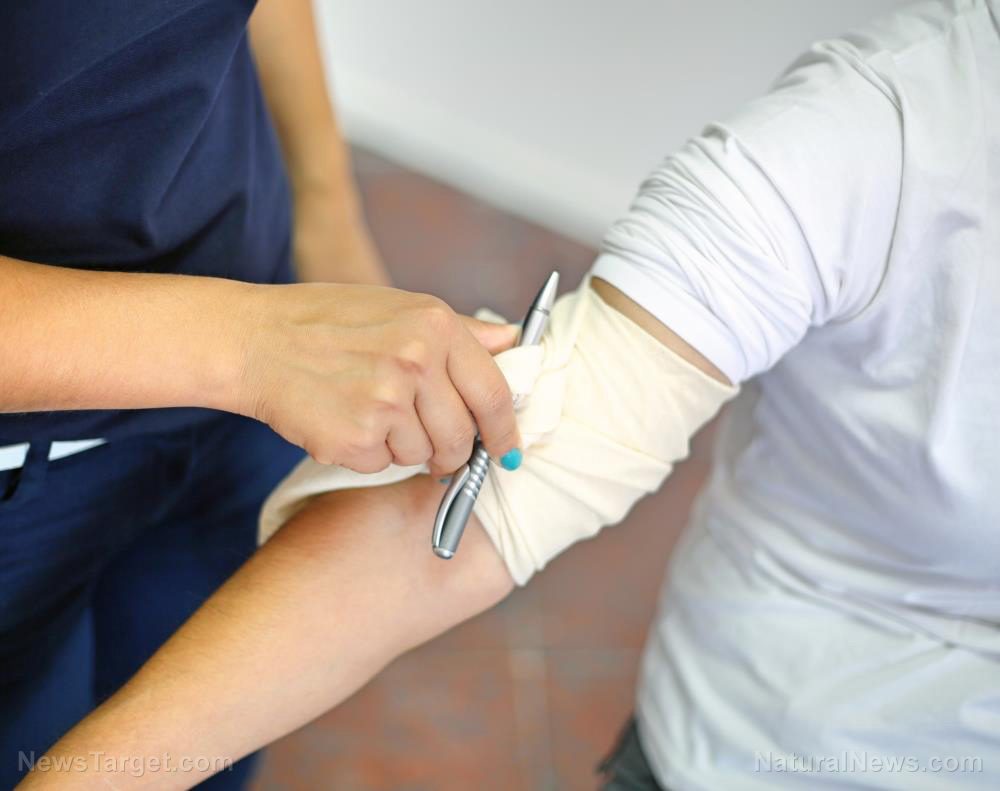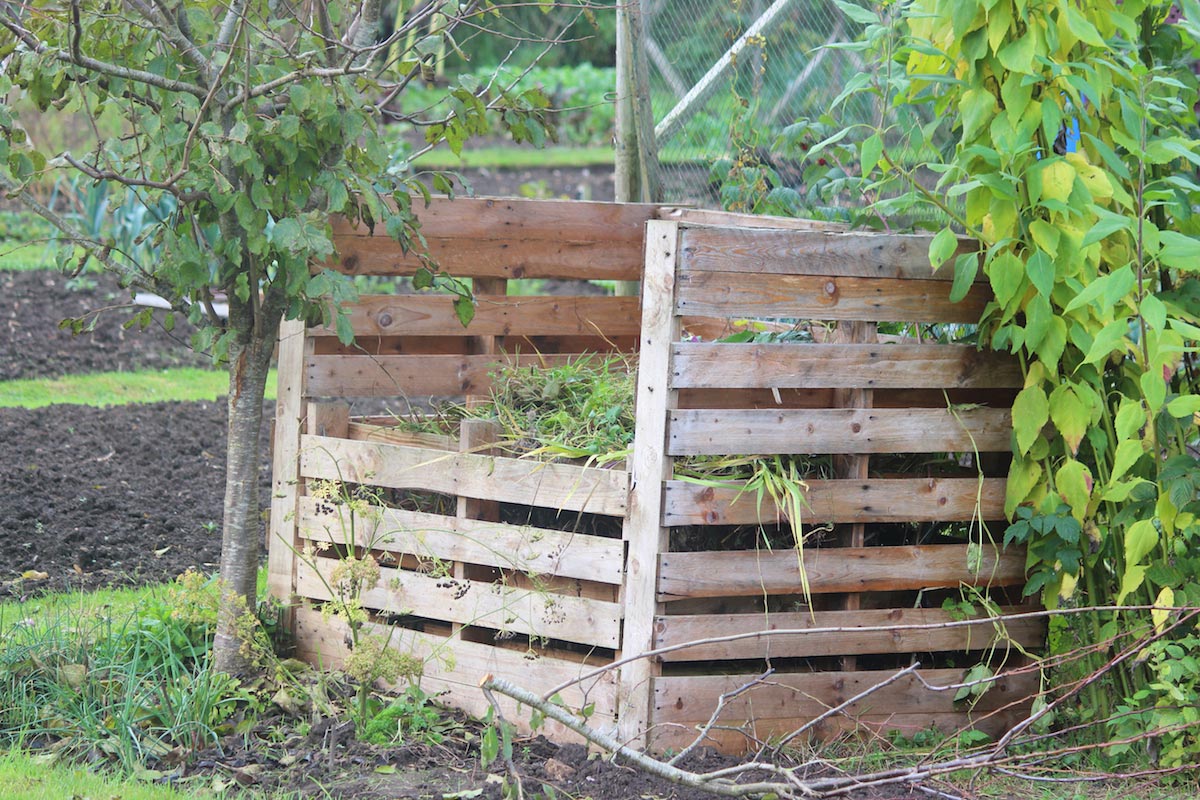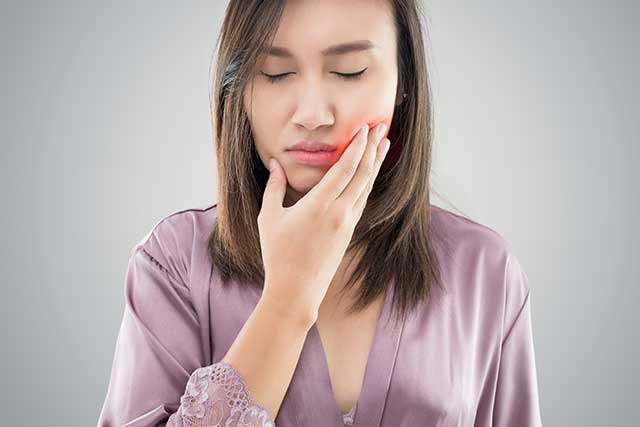Crucial first aid skills you need to learn before going off grid
02/16/2019 / By Zoey Sky

A prepper who lives off grid knows how important first aid skills are, especially if someone gets injured in a remote area and you don’t have access to emergency medical services. (h/t to HomesteadSurvivalSite.com)
Listed below are crucial skills that you need to learn so you can address common medical emergencies.
Applying a tourniquet
Use a belt, sheet, shirt, or towel as a makeshift tourniquet. Use a rigid stick that won’t break or loosen to tighten the tourniquet.
Below are the basic steps for applying a tourniquet.
- Place the tourniquet two inches above the part of the wound part closer to the heart. If there’s a joint in the way, place the tourniquet at least two inches above the joint.
- Wrap the tourniquet firmly. Make sure you can’t feel the patient’s pulse downstream of it.
- Bandage the wound.
- Wait 15 minutes, then slowly release the tourniquet. Repeat the process if the wound bleeds again.
- Continue applying the tourniquet for at least two hours or until you get medical help. (Related: A prepper’s guide to applying and storing a tourniquet.)
Performing CPR
During a breathing or cardiac emergency, knowing how to perform cardiopulmonary resuscitation (CPR) can save a person’s life. CPR involves manual chest compressions that are usually combined with artificial ventilation.
The goal of CPR is to preserve brain function and restore blood circulation and breathing when someone is in cardiac arrest. Take note that the procedure slightly differs for adults and children. You can sign up for CPR training or refresher courses at the nearest Red Cross center.
Performing the Heimlich maneuver
When someone is choking, the Heimlich maneuver can help save their life. This simple technique uses abdominal thrusts to dislodge an object blocking a person’s airway.
Below are the basic steps, but keep in mind that the procedure differs slightly for children and pregnant women.
- Help the person stand.
- Get in position behind the person and make them lean forward.
- Strike their back with the heel of your hand five times.
- Wrap your arms around their waist, then make a fist.
- Place your fist just above their navel, with the thumb side in.
- Cover the fist with your other hand, then push inward and upward simultaneously.
- Repeat until the object is dislodged and the person can breathe freely.
Preventing and treating shock
Follow these steps to treat someone in shock.
- If they don’t have a head, neck, or back injury, make the person lie down. Don’t raise their head.
- Elevate their feet at least 12 inches.
- Turn them on their side if they are bleeding from the mouth or vomiting.
- If the person stops breathing, begin CPR.
- Treat any obvious injuries.
- Loosen or carefully remove restrictive clothing.
- Keep the patient warm.
- Do not let the person eat or drink until they are properly treated.
- Help the person stay calm by talking reassuringly.
Splinting broken bones
Use common items like cardboard or newspapers. Tie them in place with cordage like a bandanna or some rope. Make sure the splint immobilizes both the bone above and below the joint. Use a splint and a sling to fully immobilize an arm fracture.
While waiting for medical help, check the pulse below the splint every hour. If you are unable to detect a pulse or if the patient experiences numbness, re-wrap the area more loosely.
Treating a burn
- Use a moist piece of clean cloth to cool the burn.
- Do not break blisters because they help protect against infection. If a blister breaks on its own, clean the area with water and apply an antibiotic ointment evenly.
- Once the burn has cooled, apply aloe vera or another natural moisturizer to ease discomfort.
- Loosely cover the burn with a sterile gauze bandage.
- Keep the person hydrated.
Preparing and maintaining a first aid kit
Keep a fully-stocked first aid kit so you don’t waste time rummaging in it when someone is injured when SHTF. Aside from the standard supplies that you need in a kit, such as bandages and gauze, add items that will meet the specific needs of your family members, such as diabetes medication.
Other items you may need include alternative medicines like essential oils, medicinal herbs, or plants that can treat minor to moderate emergencies.
Take a basic first aid course or a refresher course to learn other skills that can help prepare you for common medical emergencies during a disaster scenario.
When you’re in a survival situation, you can’t sit and wait while help arrives. Knowing first aid can spell the difference between life and death.
Sources include:
Tagged Under: CPR, emergency medicine, first aid, Heimlich maneuver, how-to, off grid, outdoors, preparedness, prepping, SHTF, splints, survival, survival gear, survivalist, tourniquet, wilderness




















